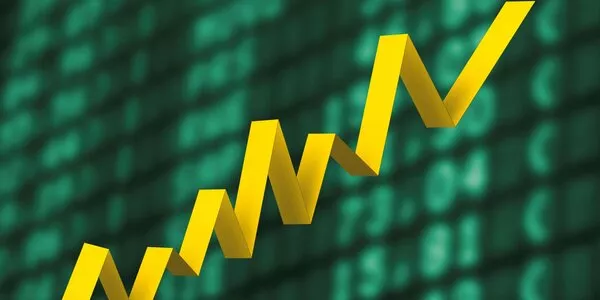
Weekly Update - A slowdown in the disinflation trend
After months of surprising on the downside inflation now seems to have plateaued in both the United States and Europe and getting back to the 2% target now looks like a long slow haul. In these circumstances, we think central banks will cut rates, but will do so later (in Q2 2024) and slower than markets currently expect.
Fall in inflation marks a pause. Inflation, which had been falling fast through most of 2023, seems to have hit a plateau toward year-end. Headline inflation looks to have stuck at around 3% year-on-year in the United States and euro zone and near 4% in the United Kingdom, leaving all three above their 2% targets. Core inflation has continued to come down but remains high at above 4%. Drill down and we find that in the United States the sticking points are rent and imputed rent. If housing costs are stripped out core inflation is actually below target. In Europe, the stickiness is energy-related, with euro zone governments winding down relief on energy bills and airlines in the UK passing on higher fuel costs to plane tickets.
Many inflationary factors are fading. Stand back, though, and it is clear that many of the factors that drove the inflationary surge in 2021-2023 have largely evaporated. These include the shock of reopening the economy post-Covid amid surplus savings, the jump in gas prices after Russia invaded Ukraine and the bottlenecks that choked the global supply chain. True, supply-chains are again being squeezed in the Panama and Suez canals but the disruption is not comparable to the post-Covid snarl-ups.
Inflation may take time to reach target. As these drivers have evaporated inflation has fallen steeply from a peak of 9% or more to 3-4% in just over a year. But new factors have emerged that could prevent any rapid return to 2%. Labour markets are one. Despite recent signs of easing they remain tight on both shores of the Atlantic. This should sustain a steady rise in wages, the main source of rising production costs for companies. In Europe this effect will be exacerbated by weak productivity gains. What is more, new structural inflationary factors are now coming through, including a weakening of globalisation (pushing up import prices) and policies to combat global warming (pushing up energy prices).
Rates likely to edge down gradually. Markets are expecting rates to come down soon (from March in the Fed's case) and sharply (by 150 bp by end-2024). However, with inflation likely stuck above 2% for some time yet, the economy holding up and labour markets tight, central banks may well opt for caution. There is no recession in prospect so no need to cut rates fast, which means they can afford to wait until they are certain inflation has been squeezed out of the system.
In the highlights of the week, we chose to talk about the poor market performances of this week as well as the disappointing Chinese figures :
The main financial markets were trending lower on the week following disappointing activity data from China and still restrictive statements from central banks. Indeed, the STOXX600 fell by 0.5%. In the wake of this, European sovereign yields rose again following Lagarde's statements that the key interest rate would remain at its current level over the next few quarters. The U.S. equity market remained stable over the week while sovereign yields also rose. The ongoing strong performance of consumer and labor market data has reduced the likelihood of a Fed rate cut in March.
China's economy continues to disappoint. December price figures show the country flirting with deflation with headline inflation running at 0.3% year-on-year and the underlying reading little better at 0.6%. These numbers reflect a weakness in consumer spending, still well below its pre-Covid trend. Overall, Chinese GDP grew 5.2% in 2023, hitting its official target but still a long way short of the boom rates seen in the 2010s. One of the few bright spots was industrial output, helped by a ramping up of infrastructure investment




